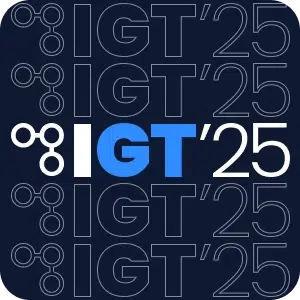Key Features of the Microsoft Teams Snap Pack
Microsoft Teams Snap Pack allows you to easily integrate Microsoft Teams into enterprise workflows for customers, employees, and team communication.
Microsoft Teams is increasingly replacing email as the key way to communicate in many enterprises that have adopted it. Microsoft Teams allows you to communicate with your colleagues, collaborate on campaigns, projects, and initiatives, and foster communication across functional areas. Given then Microsoft Teams is used across the organization for communication, it can be integrated with a wide range of application endpoints. Here is a sample set of use cases where you can benefit from out-of-the-box connectivity to Microsoft Teams Snap Pack.
These capabilities allow you to automate workflows such as
- Team Communication
- New team member welcome and onboarding
- Sharing of meeting notes
- Project Collaboration
- Setting up a new channel for a project
- Employee Journey Workflows
- New hire account setup
- Deleting a departing employee
- Event Notification
- New lead assignment in a CRM system
- New high priority support ticket created for a customer
- Resolution of a high-priority support ticket
- And many more …
Snaps in the Microsoft Teams Snap Pack can be categorized as follows
- Send Message – Send and reply to an existing message
- Create Channel – create a public/private channel
- Channel Operations – add/remove/list members, rename a channel
- Create Team – from an existing group, from scratch
- Team Operations – add/remove/list members, list/rename/delete team, list channels, archive/unarchive team
Microsoft Teams Snap Pack supports a number of OAuth2 account types so that you can automate processes on behalf of a user or an application or use it as a template with a Dynamic OAuth2 account.
To learn more, please check out the documentation.


